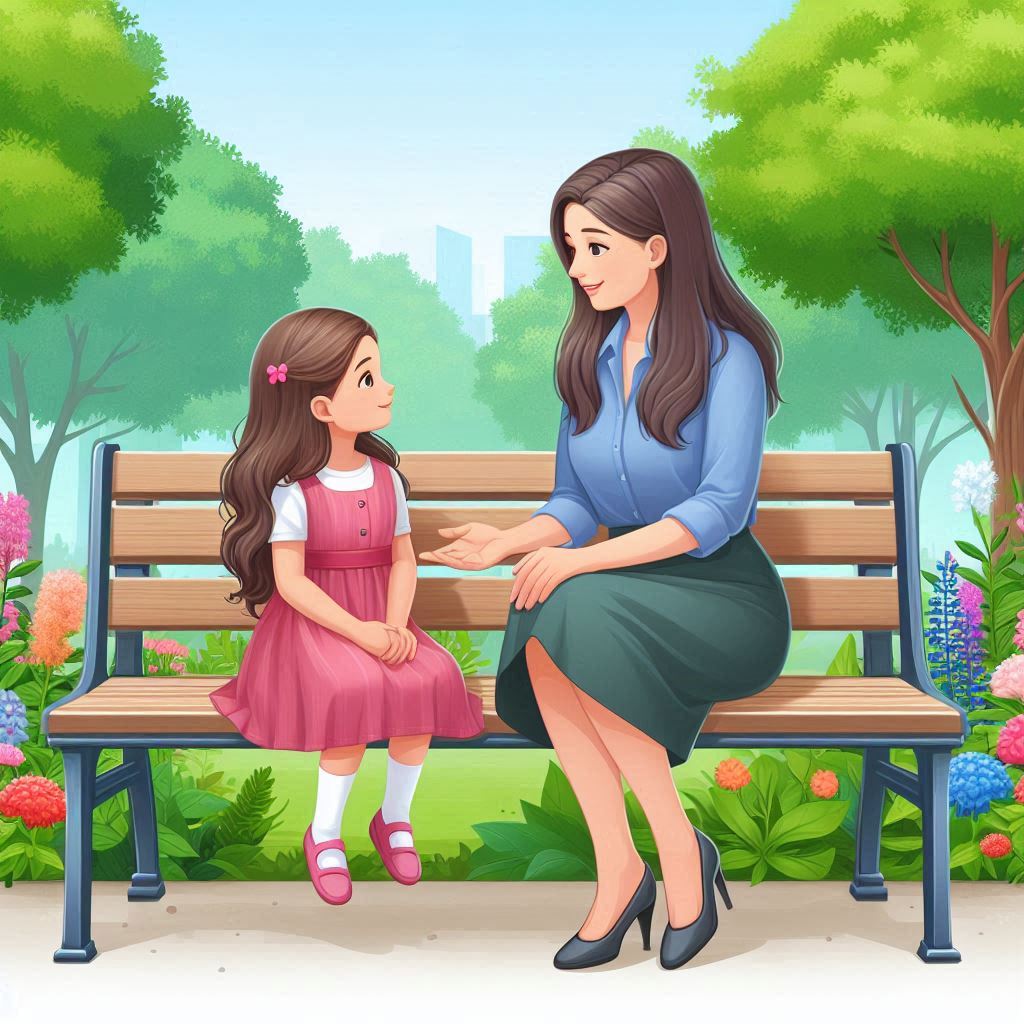Constructing Strong Bodies and Minds: The Function of Exercise in Child Development
Regular physical activity helps children develop socially, intellectually, and physically. Children’s skeletal systems get more powerful their cardiovascular health improves, and with exercise their weight maintains within tolerable range. Emotional well-being, cognitive growth, and social skills also depend critically on it.
Physical, Mental, and Social Benefits of Exercise
1. Physical Advantages
Exercise builds bones and muscles, thus decreasing the chance of fractures and accidents. Moreover, regular exercise helps children keep at their ideal body mass and reduce their obesity risk. It strengthens the heart and lung capacity so improving cardiovascular condition.
2. Psychological Advantages
By promoting physical activity, brain development boosts cognitive abilities including focus, memory, and problem-solving skills. With regular exercise this increases concentration, energy levels, and attentiveness, thereby helping to improve academic performance. Thus, both social and emotional gains from physical activity are improved self-esteem and body image.
3. Social Advantages
Children who participate in team sports and group events grow in their collaboration and social skills. Exercise helps to lower stress and anxiety, therefore improving emotional wellness. Children who participate in team sports and group events grow in their collaboration and social skills. Furthermore, exercise can assist to lower stress and anxiety, therefore improving emotional wellness.
Final Takeaway
By emulating themselves, making physical exercise fun, and adding it into regular activities, parents may motivate their children to be active. Giving exercise first importance can help children develop excellent habits that would benefit them all their lifetime.



